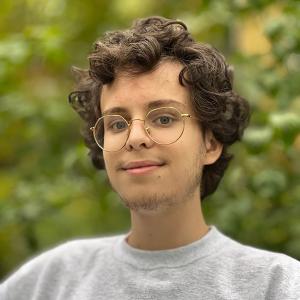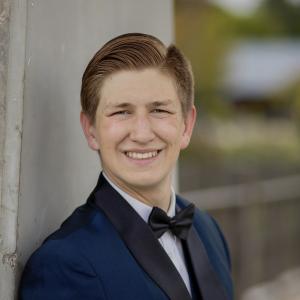My program in Buenos Aires includes Spanish classes, a selection of social science classes, and opportunities to take classes at three Argentine universities, the UBA (Universidad de Buenos Aires), the UCA (Universidad Católica), and the UNA (Universidad Nacional de los Artes). I'm currently taking 5 classes (ah!!), but each meets only once a week, so my schedule isn't heinous.
Grammar Workshop:
One of my two Spanish classes with CIEE, it meets for two hours once a week. Grammar is certainly not my favorite part of learning Spanish, but my teacher is young and easy-going and keeps the material fresh. Additionally, since grammar is the weakest aspect of my Spanish, a review of all the different verb tenses certainly is helpful.
Academic Production Workshop:
The purpose of my second Spanish workshop is to orient myself to the variety of Argentine academic texts by reading and producing different types of writing. While technically useful, as what I learn in workshop is useful to all my other subjects, this is my least favorite class. The majority of my assignments are pretty tedious, and unlike in my grammar class, my Academic Production professor does little to liven up the dry subject material. Two hours of reorganizing sentence structures is a long two hours!
Music in the Construction of Social Identities in Latin America:
I take this class at the Universidad de Buenos Aires, one of the largest and best universities in Latin America. A free, public university, it is known for its incredible professors and intensely political student body. Usually once or twice a class representatives from the leftist political groups will interrupt discussion to make a short speech and hand out flyers for whatever cause they're promoting. Because UBA is state funded, the buildings for the more lucrative majors get more money; the social sciences building where I study is in a dangerous neighborhood, covered in graffiti, and not once have the bathrooms been supplied with toilet paper or soap. The halls of the UBA are littered with posters and graffiti and the general vibe is crazy and disorganized, but it is all part of the wonderful experience.
I'm taking this class, a seminar in the Communications department, because I was excited to learn about new music, and how different populations are related to their music. However, while I'm more comfortable discussing the musical topics, I know none of the theory behind the "construction," "social" or "identity" aspects of this class. Because this is an upper-level elective, I'm assumed to have taken the foundational Communications classes, so much of what we talk about goes way over my head. Luckily I have a tutor for this class (Hot Tutor Bruno) with whom I meet twice a week to stumble through the Very Scary readings that I couldn't even understand if they were in English.
Even though this is by far my toughest class, it is also my favorite. I'm listening to a ton of new music, learning so much from my fellow students, and the professor is probably The Coolest Man In the World who rides up to class on his motorcycle and ends discussion early if there's a student concert happening.
State and Religion in Latin America:
I take this class within the international students program at the Universidad Católica Argentina. UCA, a private Catholic school, couldn't be more different from the UBA. Very clean and well maintained, the classes always start on time, and I have to follow a dress code for the first time in my life. My professor (who knows the Pope, apparently) really knows the material, and I find the content of this class really interesting as I've taken several Religion classes at Oberlin. However, this is a lecture-based class, and three hours straight of Latin American constitutions can be rather dry. Additionally, the other international students, who are mostly from America or France, can be shockingly rude during class, which really bums me out.
Argentine Rhythms and Dance in Rio de la Plata and Zones of Influence:
This is one of the classes offered by CIEE, and it is so fun! We meet for three hours once a week to learn all about tango, the national dance of Argentina. The first half of class we spend learning the history, music, and literature of tango with readings, discussion, and lecture. The second 90 minutes we learn the dance, a hilarious spectacle, as we are a bunch of Americans with (mostly) no previous experience moving our bodies.
I especially love our teachers. Gerardo and Mercedes are young, hilarious, and incredibly patient with our bumbling, knock-kneed tangos. They also dance beautifully together and completely blow me away every time they demonstrate new steps. Our teachers lead us on various excursions to various tango espectaculos, where we can see the professionals in action, and milongas, which are the participatory dances (and are very intimidating to the beginner, such as myself).


